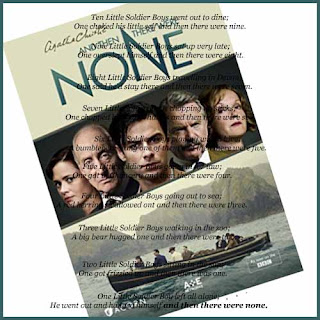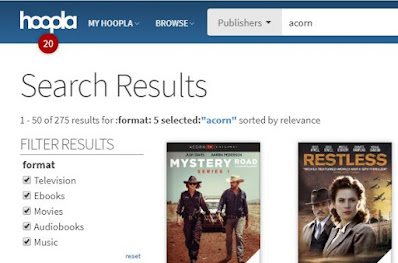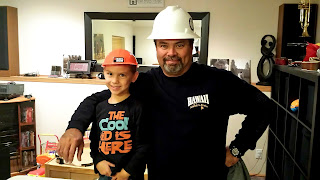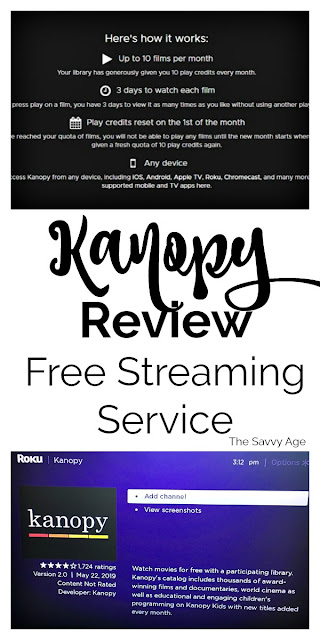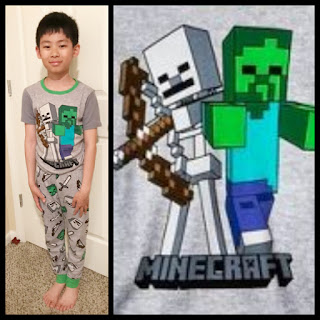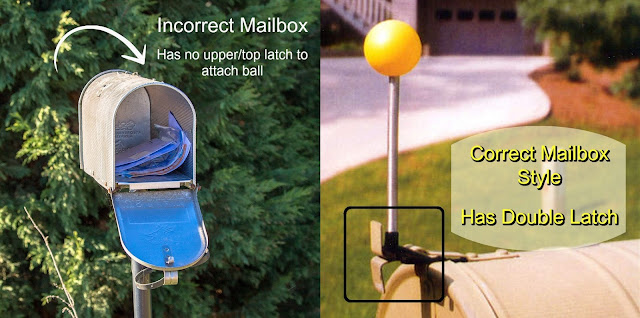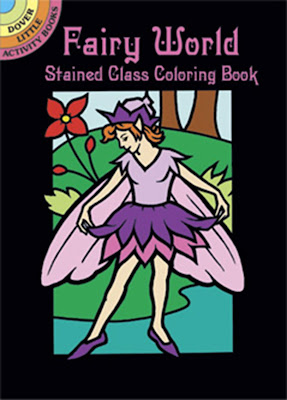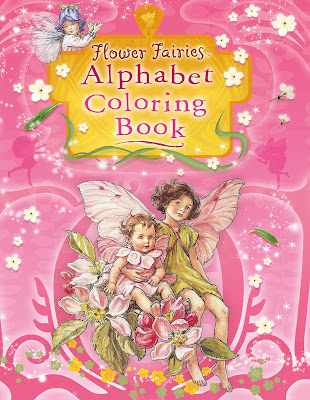 |
| Image: Film Site Image by Thomas Nugent / Ardgowan House |
While searching for a movie to watch one evening, I happened upon the Amazon Prime Original remake of Agatha Christie's Ordeal By Innocence. The photo of a man with three women didn't really appeal to me. As a matter of fact, it caused me to bypass the movie and keep searching. However, I ended up going back to it simply because it was Agatha Christie and I thought I could always turn it off if it was to lewd. I wouldn't expect Agatha Christie would have written anything salacious, but we can't truly trust filmmakers to remain completely true to an original story.
I'm glad now that we went back to that movie to watch it. As it turns out, we both enjoyed the movie and were still talking about how great it was the next morning.
I would highly recommend this movie to anyone who enjoys a mystery full of secrets and "interesting" characters.
Agatha Christie's Ordeal By Innocence Movie Synopsis
Agatha Christie's Ordeal By InnocencePrime Original - Included with PrimeCheck Price
Rachel Argyll (Anna Chancellor) is a wealthy woman who adopts multiple children, home-schools them, and raises them with a stern hand. She isn't given to displays of affection and often comes across as cruel or unfeeling.
When Rachel is murdered, her adopted son, Jack (Anthony Boyle), is accused and arrested. He was a convenient suspect that doesn't seem to have a real alibi for the time of the murder. Plus, he always seemed to delight in challenging and aggravating his mother. It was believable that he might have lost is temper and murdered her.
18 months later, Dr. Arthur Calgary arrives at the Argyll's mansion to offer his testimony in defense of Jack. Explaining that he has been out of the country since the night he gave Jack a ride and has just discovered the boy was accused of murder, he wishes to see Jack exonerated.
Believing that he is another false witness just trying to make the news headlines, most of the family dismisses him, even threatens him in order to force him to leave town. But, Dr. Calgary knows Jack was in his car at the time of the murder and he is not going to just give up and leave.
Notes about the Amazon Prime Original Movie
I really liked the actors they selected for this movie. Not only were they believable, but they looked the parts. I especially liked the way Luke Treadaway portrayed Dr. Arthur Calgary. While all of the actors were awesome, Treadaway was exceptional.The Amazon Prime Original shows as Season 1, with 3 episodes. We watched the entire "season" movie on the same night. (less than 3 hours)
Check Out More Movie Reviews at
ReviewThisMovies.com
MORE AGATHA CHRISTIE MOVIES REVIEWED
 Crooked House Movie (2017) Review
Crooked House Movie (2017) Review
Agatha Christie held me spellbound until the very end of Crooked House starring Glenn Close. I had no idea who the murderer was and the ending was completely unexpected.
Based on Agatha Christie's novel, And Then There Were None is a riveting miniseries that will leave you guessing right up to the end.
Even though I have seen several previous versions of "Murder on the Orient Express" and was very familiar with the plot, I loved this new adaptation and can highly recommend it! Read the full review....
Agatha Christie's Ordeal By Innocence Movie Review (Amazon Prime Original Version) Written by:


